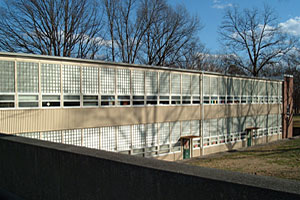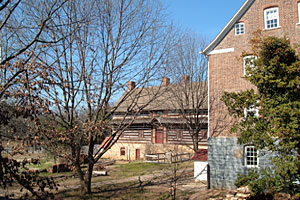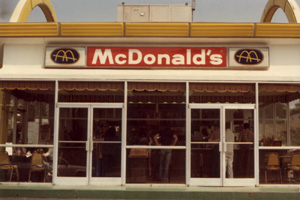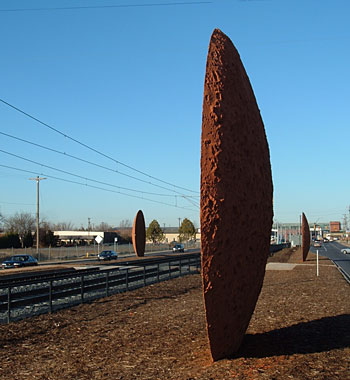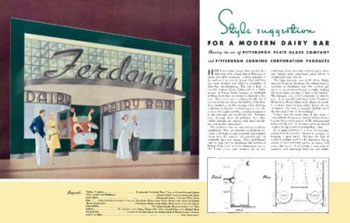My first job in San Francisco was at a Kinko’s location adjacent to Stonestown Mall in the Sunset District. I’d transferred there from my old store in North Carolina, and it seemed a good way to get on my feet. Working in the Sunset also gave me a perspective on San Francisco not experienced by most young newcomers who arrive looking for that whole “urban thing.”
The Sunset is a strange hybrid of urban and suburban on the southwest side of San Francisco. Parts of it, most of them closer in and referred to as the “Inner Sunset,” developed from 1900 to 1920, but a large part of the area dates from after World War II. Unlike the crowded areas east of Twin Peaks, where rowhouses and apartment buildings are the standard mode of housing, single-family detached structures predominate in most of the Sunset. Thus, the area tends to be more family-oriented and somewhat more conservative than the rest of the city. The growing Asian population in the area has not changed this tendency at all.
Most “downtowners” view the Sunset as alien territory, full of everything they fled Des Moines or Houston or Raleigh to escape. Of course, they also have no real idea what they’re talking about, since most of them have never spent any appreciable time in the Sunset, nor the Outer Mission. Many folks whole live west of Twin Peaks and north of Bernal Heights don’t get out much, and it shows; they’re convinced that anything outside their little 15-20 square mile area is full of nothing but Wal-Mart stores and gun-toting Klansmen.
I got to know the Sunset fairly well during my years in San Francisco, starting from a strong foundation built while working at that Kinko’s branch. I’ll admit that it was a bit of a culture shock to move between the somewhat more sedate world of the Sunset and my South of Market home world of bars and sex clubs and live music and general chaos. The first thing I noticed was th fog, which I, of course, loved. Then I noticed that there were actually children and old people around; everyone wasn’t somewhere between 20 and 35. People in the Sunset had houses and jobs and drove cars, and didn’t brag about having managed to qualify food stamps like several trendoids I met South odf market did. People shopped at the Emporium or in Daly City rather than at trendy little overpriced boutiques, and there were actually supermarkets other than Safeway or Cala.
I didn’t particularly want to live there; my take was that the Sunset had too many of the negatives of both urban and suburban living and too few of the positives. For example, it was almost as expensive as more central parts of San Francisco, but generally lacked the pedestrian scale, neighborhood stores, etc. And I still think that’s true of many of its neighborhoods, although I later came to be very find of both the West Portal and Irving Street areas, not to mention the full length of Taraval Street. Interestingly enough, these also happen to be the only major transit corridors in the Sunset.
But I found the people I met there to be an interesting, if slightly quirky bunch. The Sunset has a much higher proportion of native San Franciscans (or at least it did in the early 1990s) and I noticed that many felt surprisingly little connection the the city. One of my coworkers, a 20-year-old who was born and raised in the Sunset, regularly went to San Jose for nightlife, saying there was “nothing for me to do in San Francicso.” And it’s true, I guess. He was black, heterosexual, not into the whole technohousedance thing nor the fashion scene, and I imagine he probably would’ve felt rather out of place in San Francisco’s over-hyped and overpriced clubs.
Compared to “downtown” San Francisco, the Sunset is less white, less transient, less fashionable, less gay, more politically moderate, and more diverse with respect to age (and increasingly even ethinicity). It’s not a bad place. It’s a pity more San Franciscans have never visited it. I’m glad I did.
